There have been a lot of Sonic the Hedgehog games. Even if you only want to play the main games, it can be difficult to know how to play them in order. However, this guide will provide a list of all the main line Sonic the Hedgehog games in order.
All the Main Line Sonic Games in Order
Sonic the Hedgehog (1991)

The original Sonic the Hedgehog was released for the Sega Genesis in 1991, introducing the world to the iconic, high-speed protagonist and his arch-enemy Dr. Ivo Robotnik. So much of the franchise’s foundation is established in this opening game, from the level and character design to the overall emphasis on gameplay speed as Sonic races through various environments, freeing animals along the way. All roads stem from the 1991 Sonic the Hedgehog, and any playthrough should start here.
Sonic the Hedgehog 2
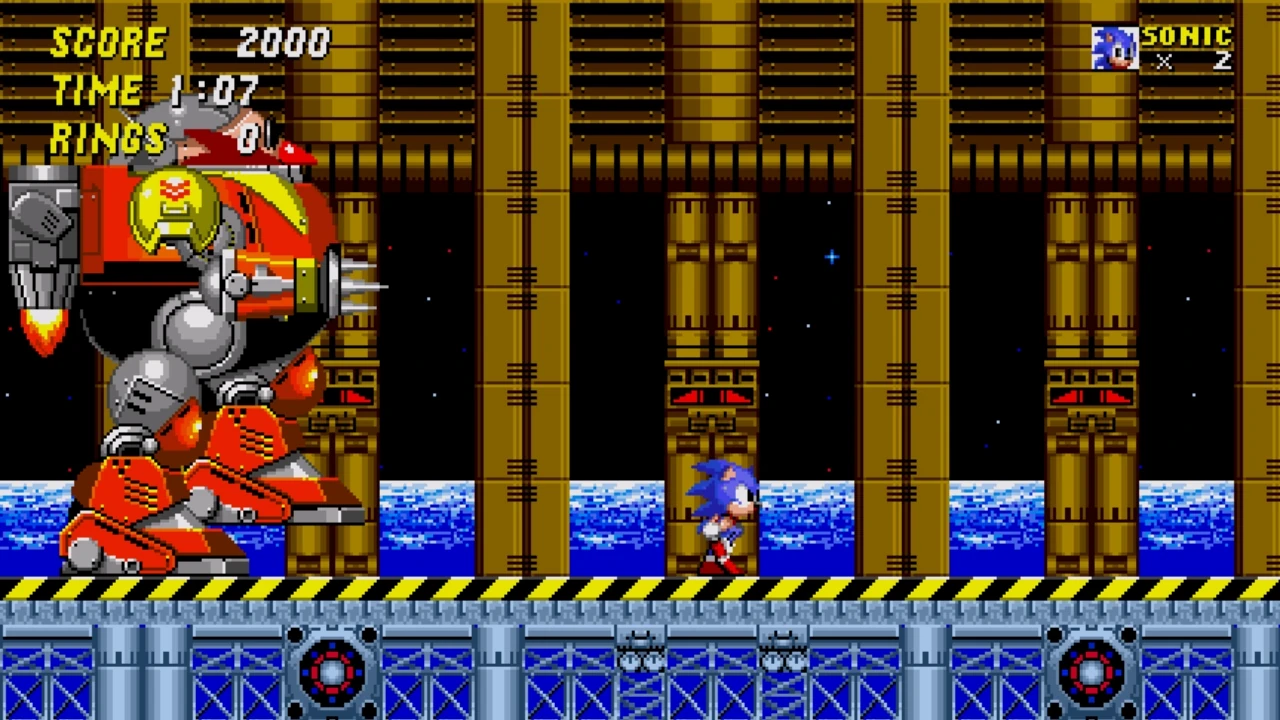
After the runaway success of Sonic the Hedgehog in North America, Sega immediately began development on a direct sequel, putting a greater focus on upping the gameplay speed and making the overall game more accessible. 1992’s Sonic the Hedgehog 2 offered drop-in multiplayer with the addition of Tails, a multi-tailed fox who joins Sonic in foiling Robotnik’s latest scheme. Sonic the Hedgehog 2 feels like a genuine evolution of the series, the classic sequel that goes bigger and better than its predecessor.
Sonic the Hedgehog CD

While the Genesis’ CD-ROM peripheral, the Sega CD, was largely a mixed bag, it did include the truly phenomenal Sonic CD. Released in 1993, Sonic CD introduced the villainous Metal Sonic and fan-favorite ally Amy Rose as Sonic traveled through the past, present, and future to battle Robotnik. With its time travel mechanic, faux 3D bonus stages, multiple endings, and the addition of a save feature, Sonic CD was the most ambitious game in the series, more than helping fans wait for the arrival of Sonic the Hedgehog 3.
Sonic the Hedgehog 3
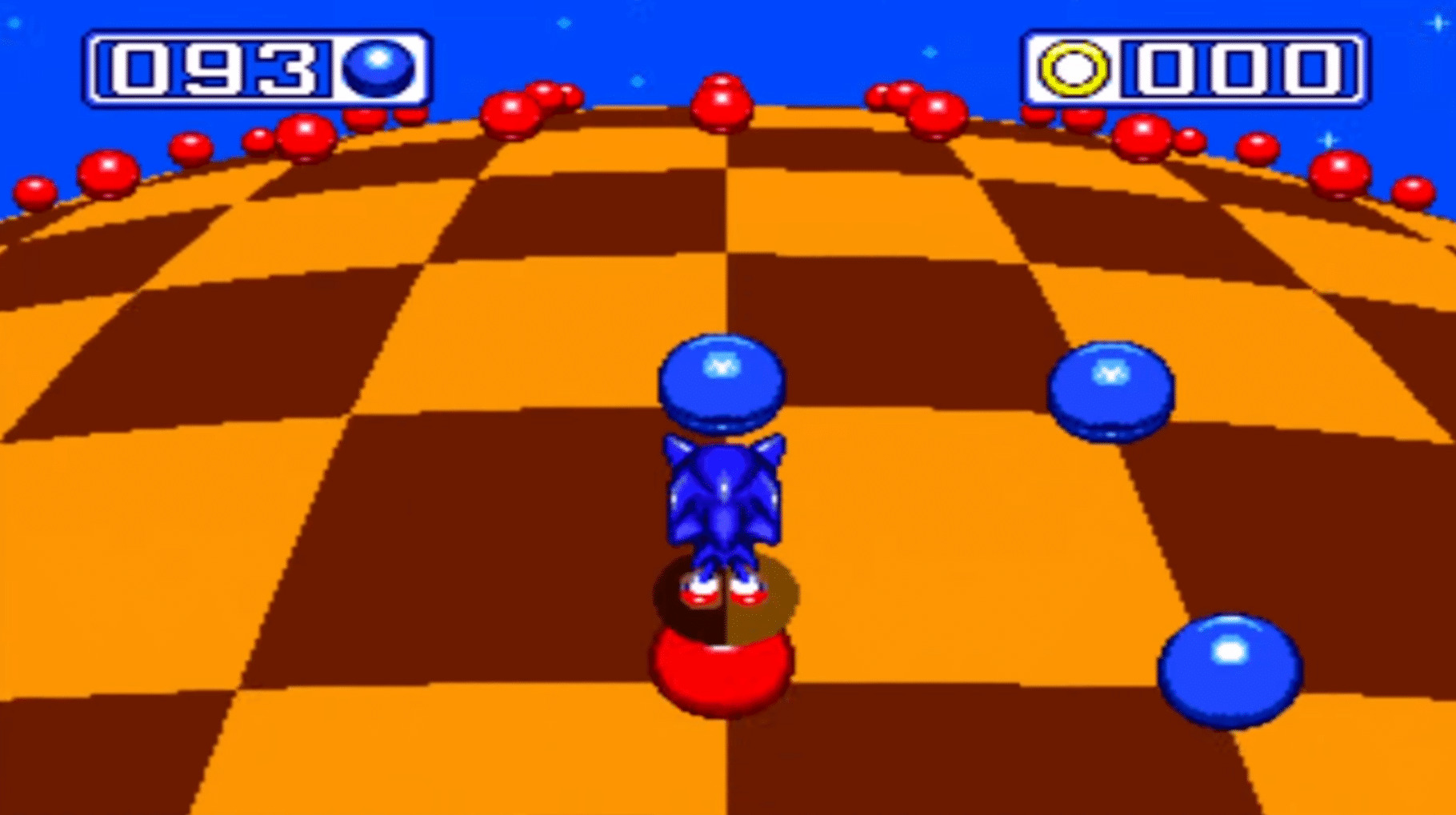
Released at the height of the franchise’s ubiquity, 1994’s Sonic the Hedgehog 3 began the two-part culmination of series on the console that catapulted it worldwide dominance. Sonic the Hedgehog 3 retains all the major gameplay mechanics from its predecessors and deepens them, giving players the option to play solo as Tails, changing up the bonus stage styles and boasting bigger levels and dynamic progression between them. Released as a standalone cartridge, the full, original vision for Sonic the Hedgehog 3 took shape with another release later that year.
Sonic & Knuckles
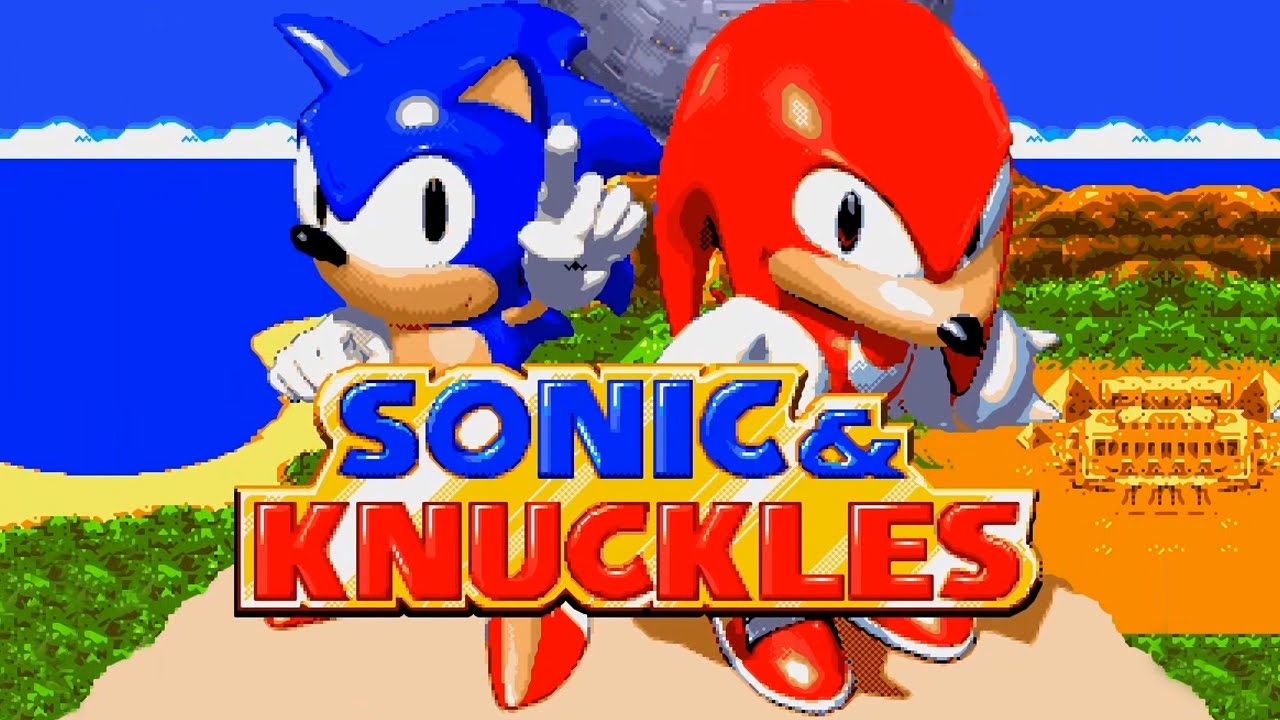
Launched eight months after Sonic the Hedgehog 3, Sonic & Knuckles effectively completed the game, providing content intended from the preceding game that was cut due to time and technical constraints. More than offering new levels and a continuation of the Sonic the Hedgehog 3 narrative, Sonic & Knuckles finally gave players the ability to play as the no-nonsense Knuckles the Echidna. More impressively, the innovative lock-in cartridge adds Knuckles to Sonic the Hedgehog 2 if players attach the cartridges accordingly, in a celebration of the franchise’s past and future.
These five games make up the main line entries in the 2D Sega Genesis era of Sonic the Hedgehog. The easiest way to play all of them nowadays is through re-releases like the recent Sonic Origins collection. It’s got some issues, but in general, it’s good enough and can be modded to be better.
Sonic Adventure
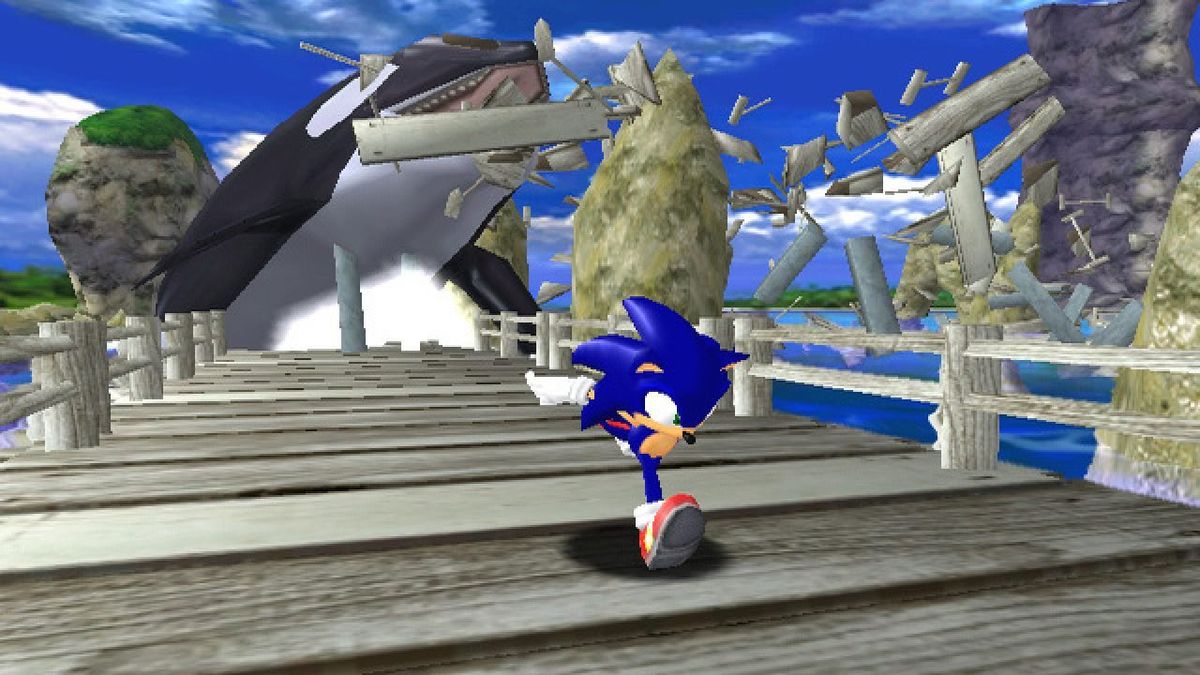
After lacking any main line games on the Sega Saturn, Sonic leapt onto the Dreamcast in a big way with 1998’s Sonic Adventure, completely reimagining the franchise for full 3D gameplay. When Robotnik unleashes the sinister Chaos from the Master Emerald, the entire world is at risk, prompting Sonic and his friends to race back into action. Sonic Adventure really does feel like a complete rebirth for the franchise, which was amazingly only seven years old at the time, redefining what a Sonic the Hedgehog game could be as it transitioned to 3D.
Sonic Adventure 2
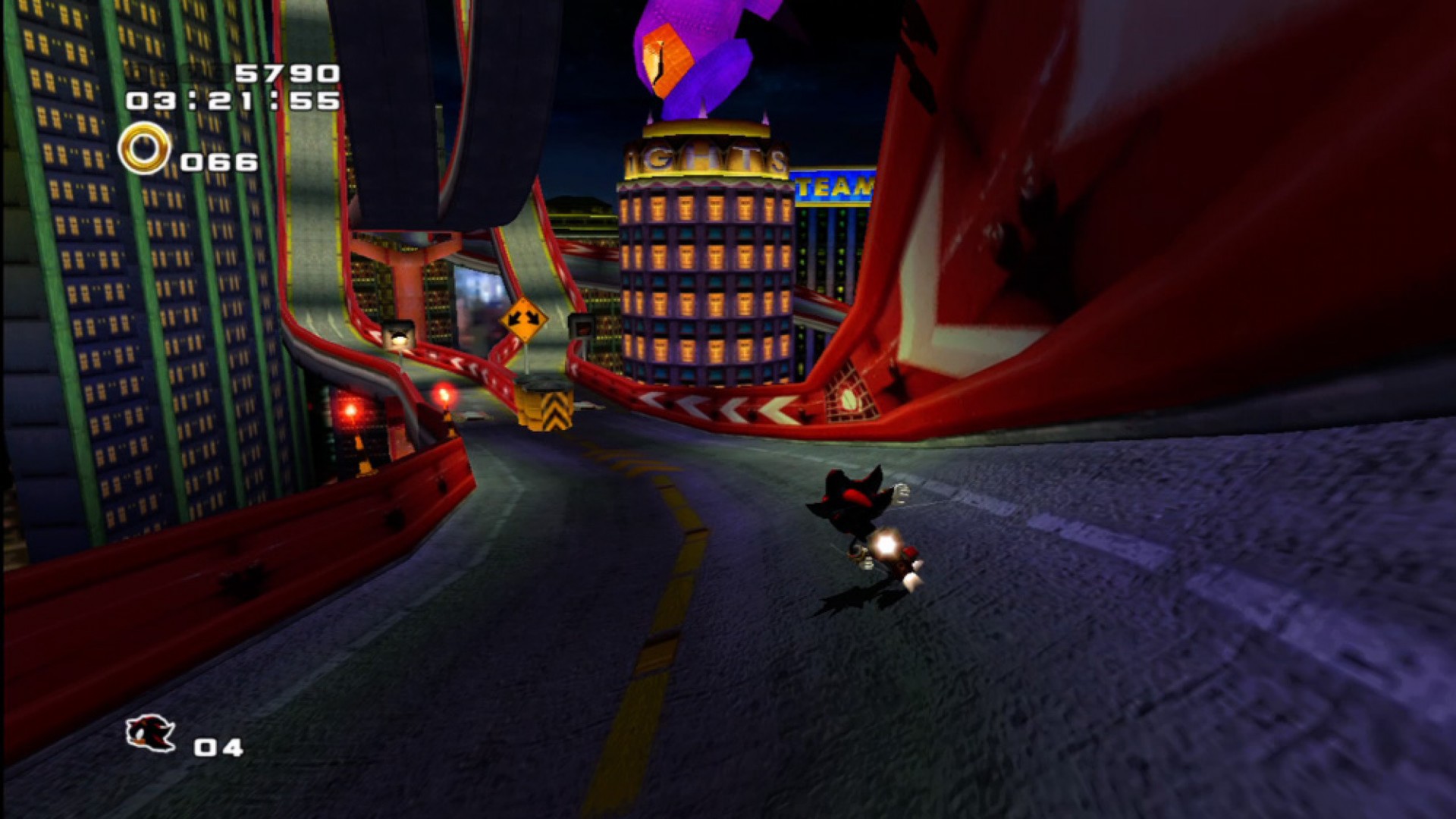
One of the last major releases for the Dreamcast was 2001’s Sonic Adventure 2, which was remastered and ported to the GameCube later that year. Introducing the antihero Shadow the Hedgehog, Sonic Adventure 2 has the dark hedgehog working with Eggman and Rouge the Bat to conquer the world, leaving Sonic, Tails, and Knuckles to stop them. Each playable character offers a significantly different gameplay experience, expanding the scope to become an all-around improvement over its predecessor and making Sonic Adventure 2 one of the best games in the franchise.
The two 3D Dreamcast Sonic the Hedgehog games are easily bought on PC via Steam in their enhanced editions. Unfortunately, if you want to play them on console, your most recent port option requires breaking out the PlayStation 3 or Xbox 360.
Sonic Heroes
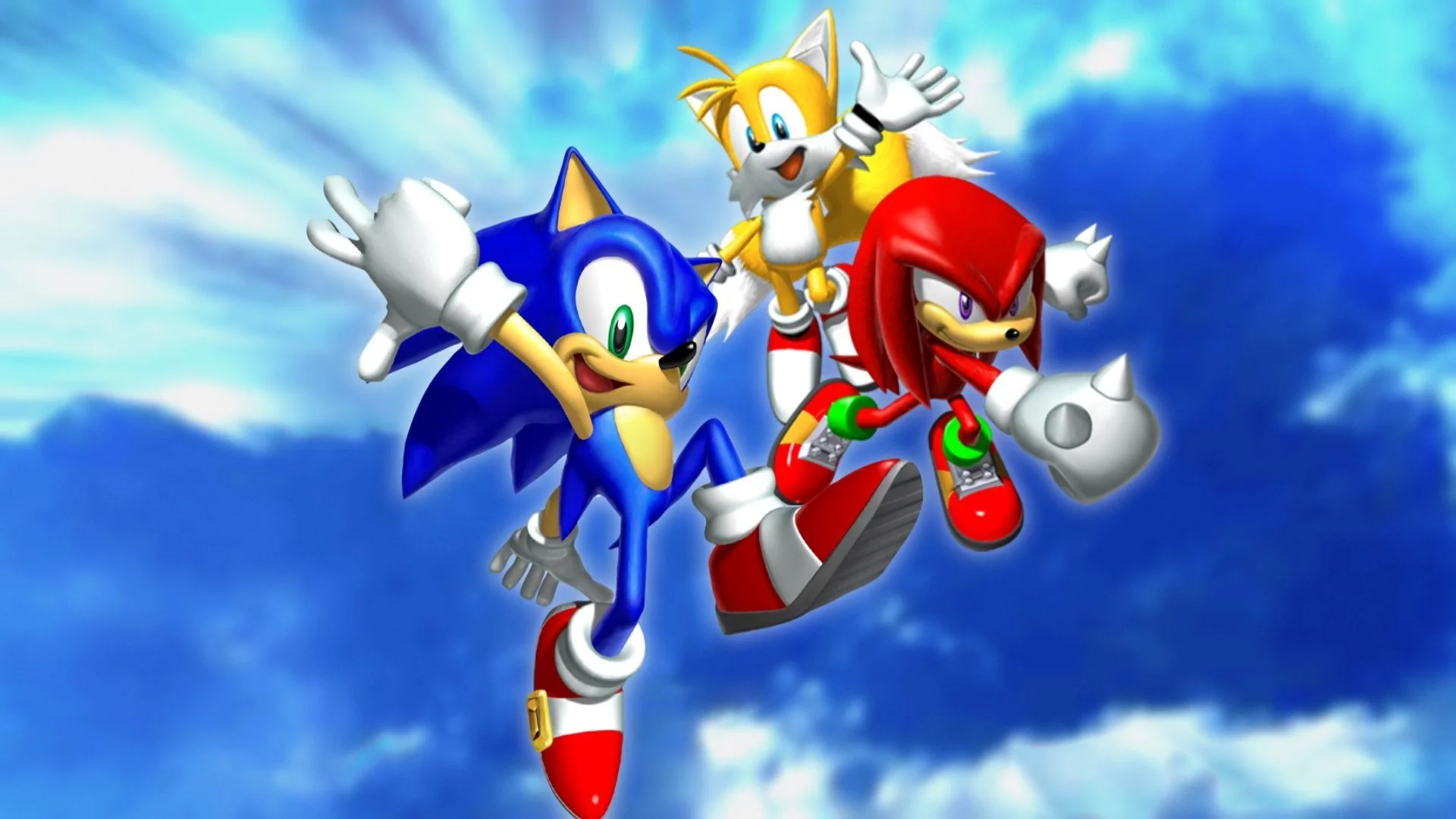
After going with more ambitious narratives and varied gameplay modes in the Sonic Adventure titles, Sega brought Sonic back to the basics with the 2003 game Sonic Heroes, released for GameCube, Xbox, and PlayStation 2. Instead of the different play styles present in Sonic Adventure 2, Sonic Heroes is a straightforward, linear experience that emphasizes speed in level progression over exploration and action. Though this return to form was relatively well-received, the perceived step down in technical presentation led Sega to go back to more ambitious, narrative-driven Sonic titles moving forward.
Sonic the Hedgehog (2006)
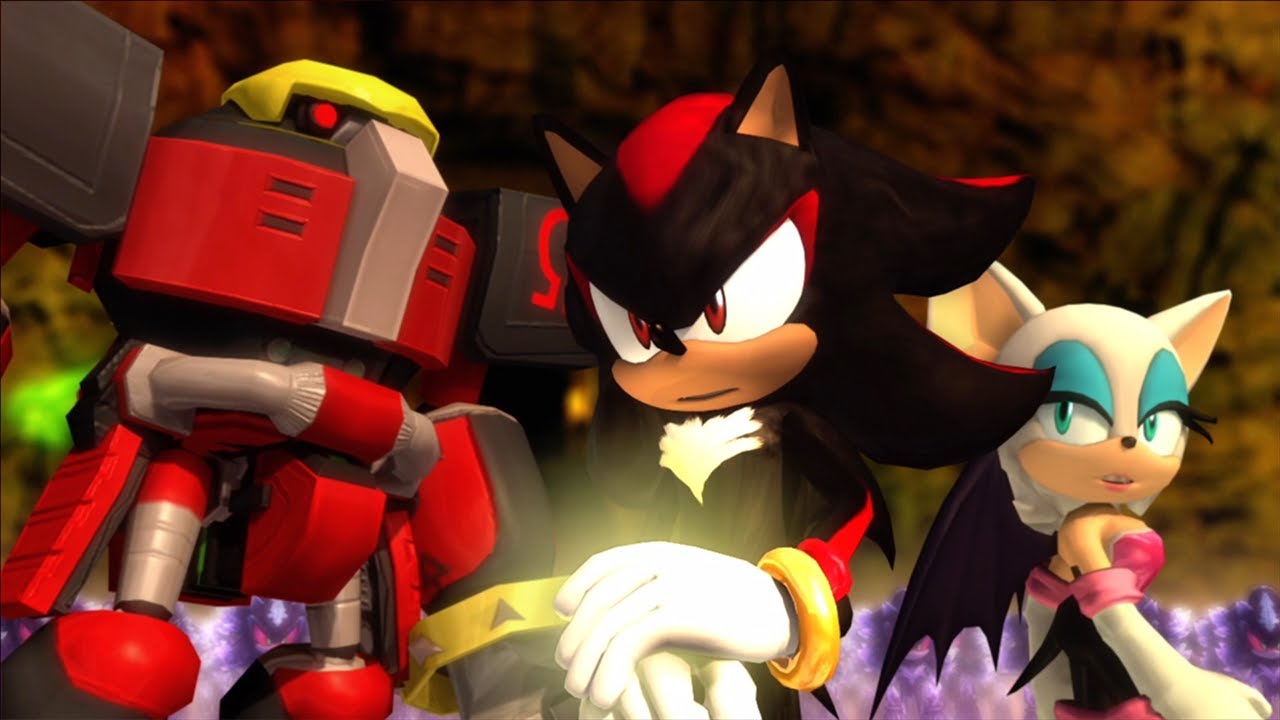
2006’s Sonic the Hedgehog for the Xbox 360 and PlayStation 3 was meant to be a 15th anniversary celebration of Sega’s flagship character while bringing him into a new console generation. Sonic and his allies travel through the timeline to prevent a post-apocalyptic future, contending with Eggman and the mysterious new hedgehog speedster Silver. Sonic the Hedgehog 2006 was rocked by universally negative reception, with its narrative impact quietly being downplayed.
Related: How to Play the Halo Games in Order
Sonic and the Secret Rings
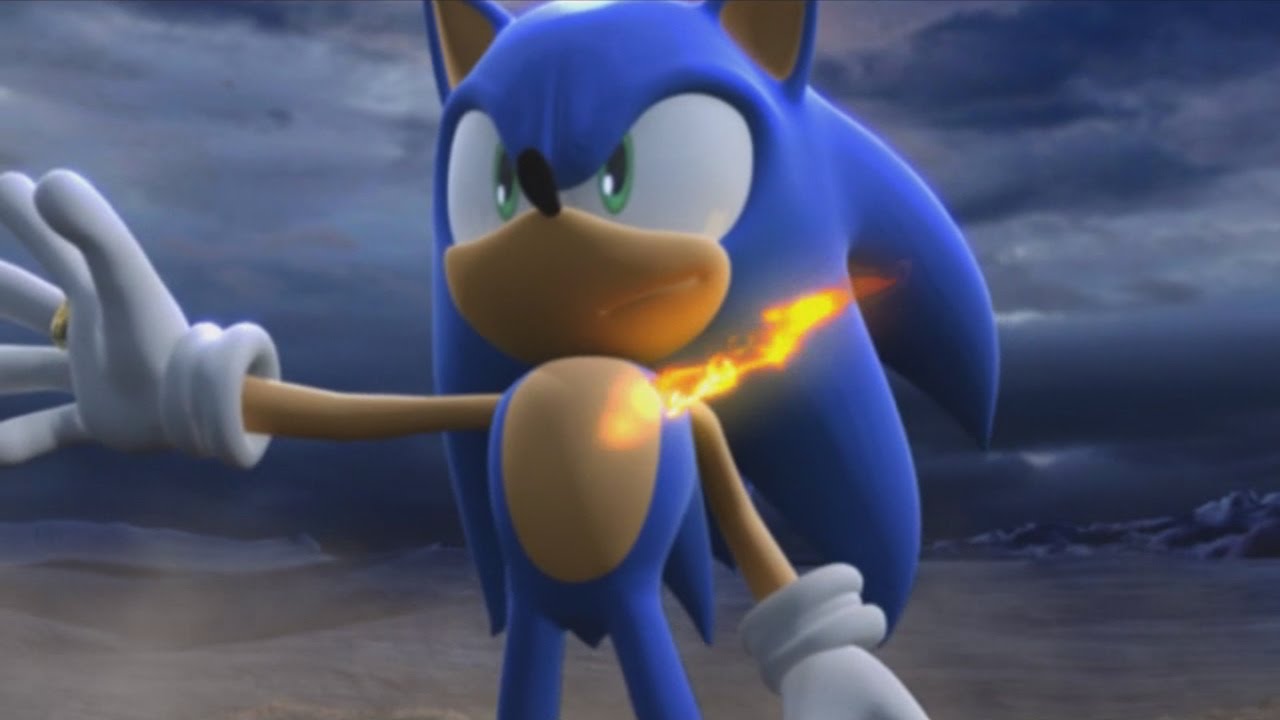
As Sonic struggled to find his way on the Xbox 360 and PS3, the franchise took on a more narrative-driven direction on the Wii in a set of titles known as the Sonic Storybook Series. This began with 2007’s Sonic and the Secret Rings, which reimagined the classic Arabian Nights with Sonic the Hedgehog racing through the fabled setting thanks to the Wii’s signature motion controls and RPG elements. Though the controls received a mixed response, the change of pace for the franchise was praised at the time, leading to production on a direct follow-up.
Sonic Unleashed
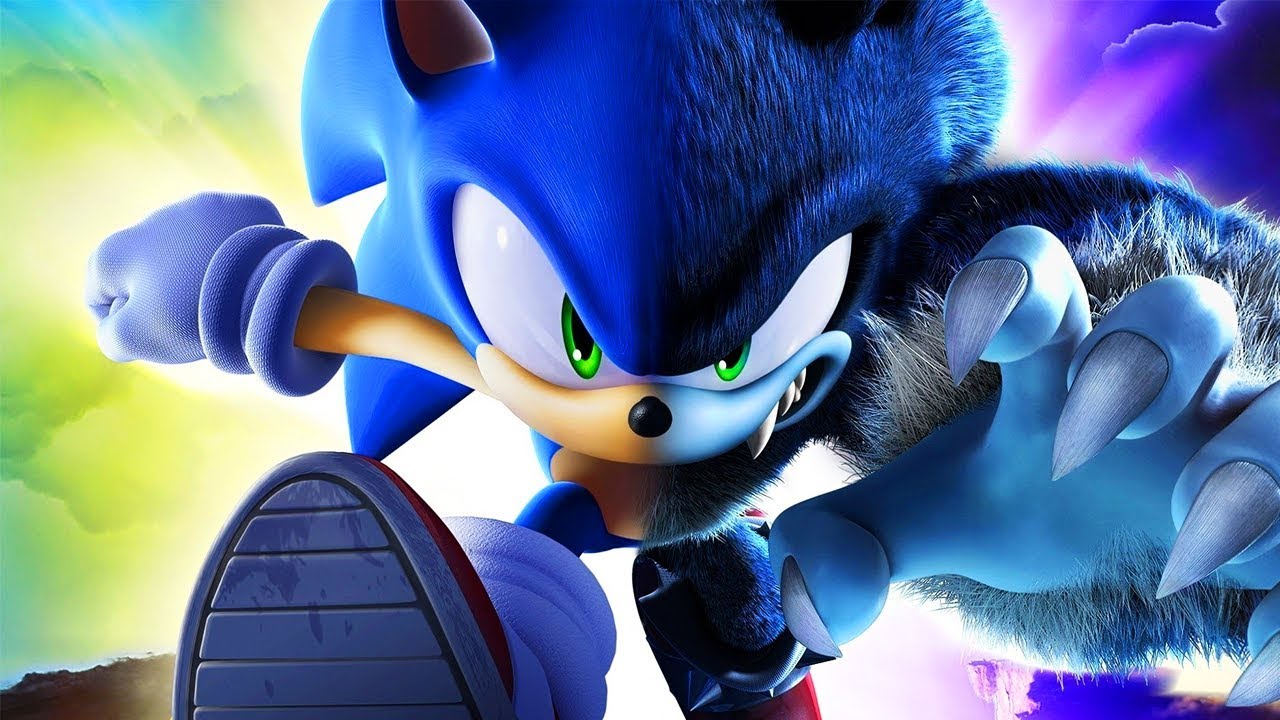
Sega leaned into more action-oriented gameplay for its 2008 game Sonic Unleashed, with Sonic able to transform into a wild Werehog as he faces Eggman and the new villain Dark Gaia. Sonic Unleashed alternated between the more speed-focused levels the franchise was known for when Sonic was in a normal state while switching up to combat-emphasized gameplay when Sonic was the Werehog. Though fans enjoyed the streamlined experience, eliminating the bloat from previous 3D titles, the Werehog concept received a more middling response as the franchise continued to search for a viable direction forward.
Sonic and the Black Knight
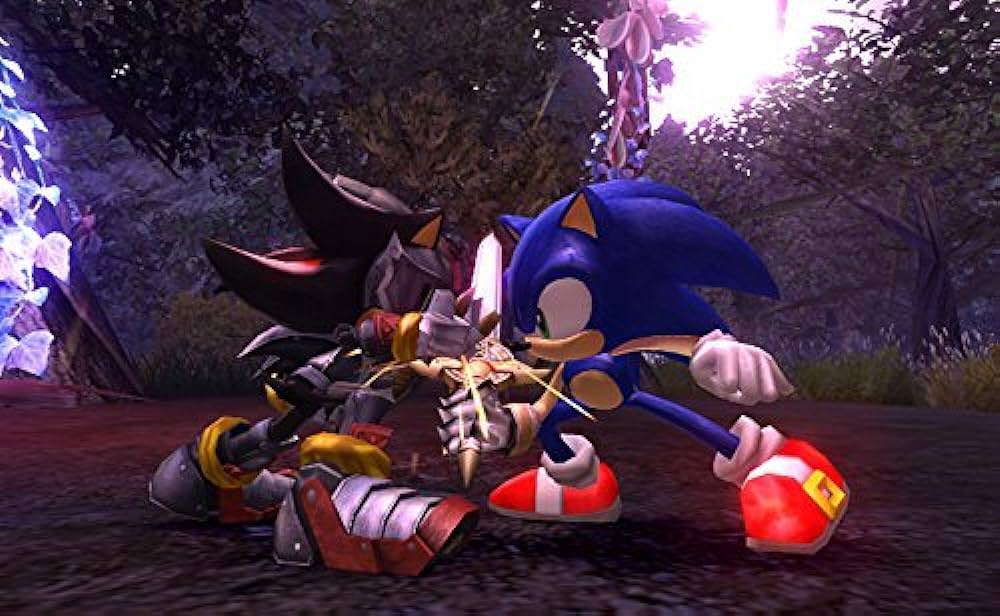
The second and final installment in the Sonic Storybook Series is 2009’s Sonic and the Black Knight, which places the blue speedster in the midst of Arthurian legend. Black Knight continues the linear, motion control-oriented gameplay from Secret Rings while adding a sword-based combat mechanic for Sonic. The more muted response to Black Knight ended the Sonic Storybook Series and led Sega to reevaluate what to do with their flagship franchise once again as the Wii era neared its end.
This is the dark age of Sonic in terms of re-releases, at least if you are hoping to play every main line game on this list in order. All of these games are technically still available as physical copies for their respective systems, which span a wide array of consoles. However, finding a copy might be inconvenient, and there are no modern ports of any of these games. At least Sonic the Hedgehog (2006) and Sonic Unleashed can be bought digitally for PS3 and Xbox 360.
Sonic Colors
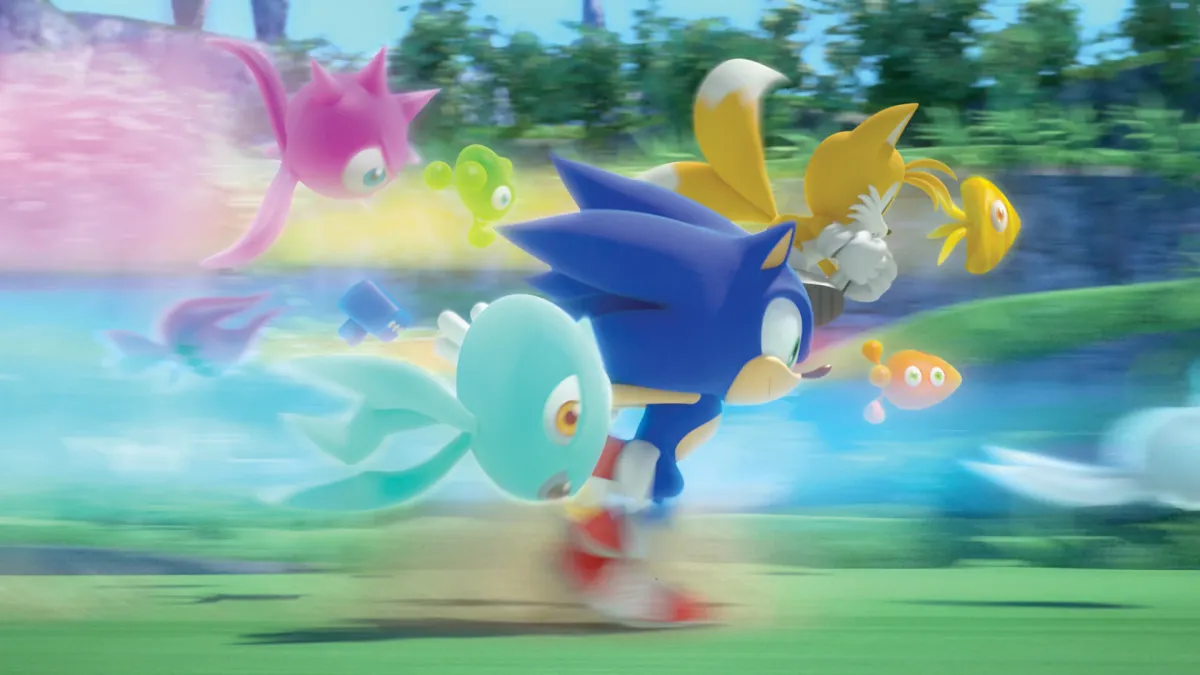
The final Sonic game released for the Wii, 2010’s Sonic Colors, was meant to bring the series back to its fundamentals (again), restoring the gameplay emphasis on speed. To live up to its eponymous premise, Colors has Sonic able to power-up with multi-colored Wisps that give him an array of abilities to help traverse each level. A critical and commercial success, Sonic Colors stands as one of the best 3D games in the franchise after a string of mediocre releases.
Sonic Generations
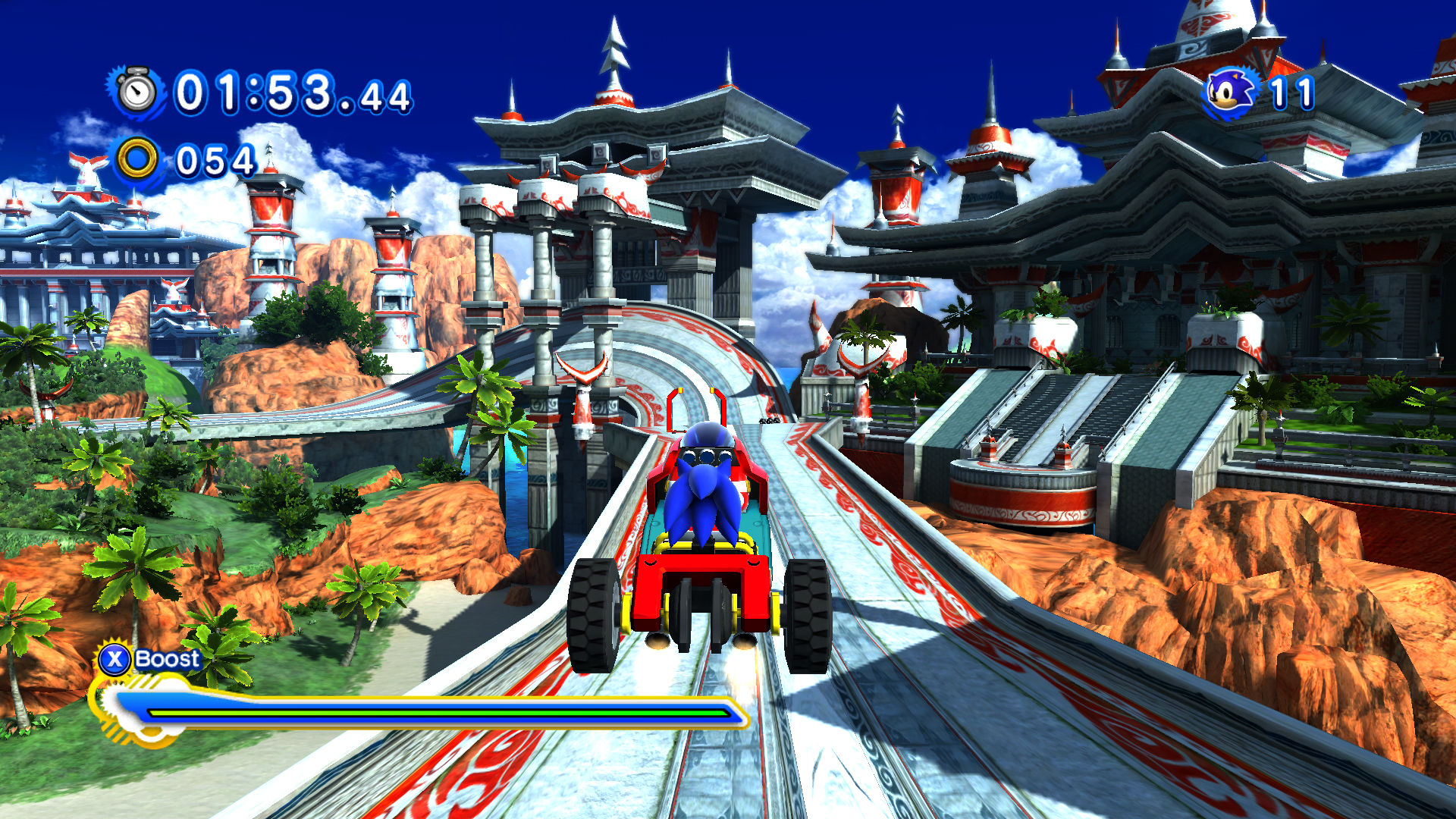
To mark the 20th anniversary of the franchise, 2011’s Sonic Generations revisited and remixed the series’ entire history for a brand-new adventure released on virtually every major platform available at the time. Sonic travels back in time to team up with his classic self from the Genesis era to face a variety of old enemies in reimagined versions of past stages. Alternating between the classic side-scrolling 2D mode and modern 3D perspective, Sonic Generations remains the best celebration of the franchise and balance between old and contemporary sensibilities yet.
Sonic Lost World
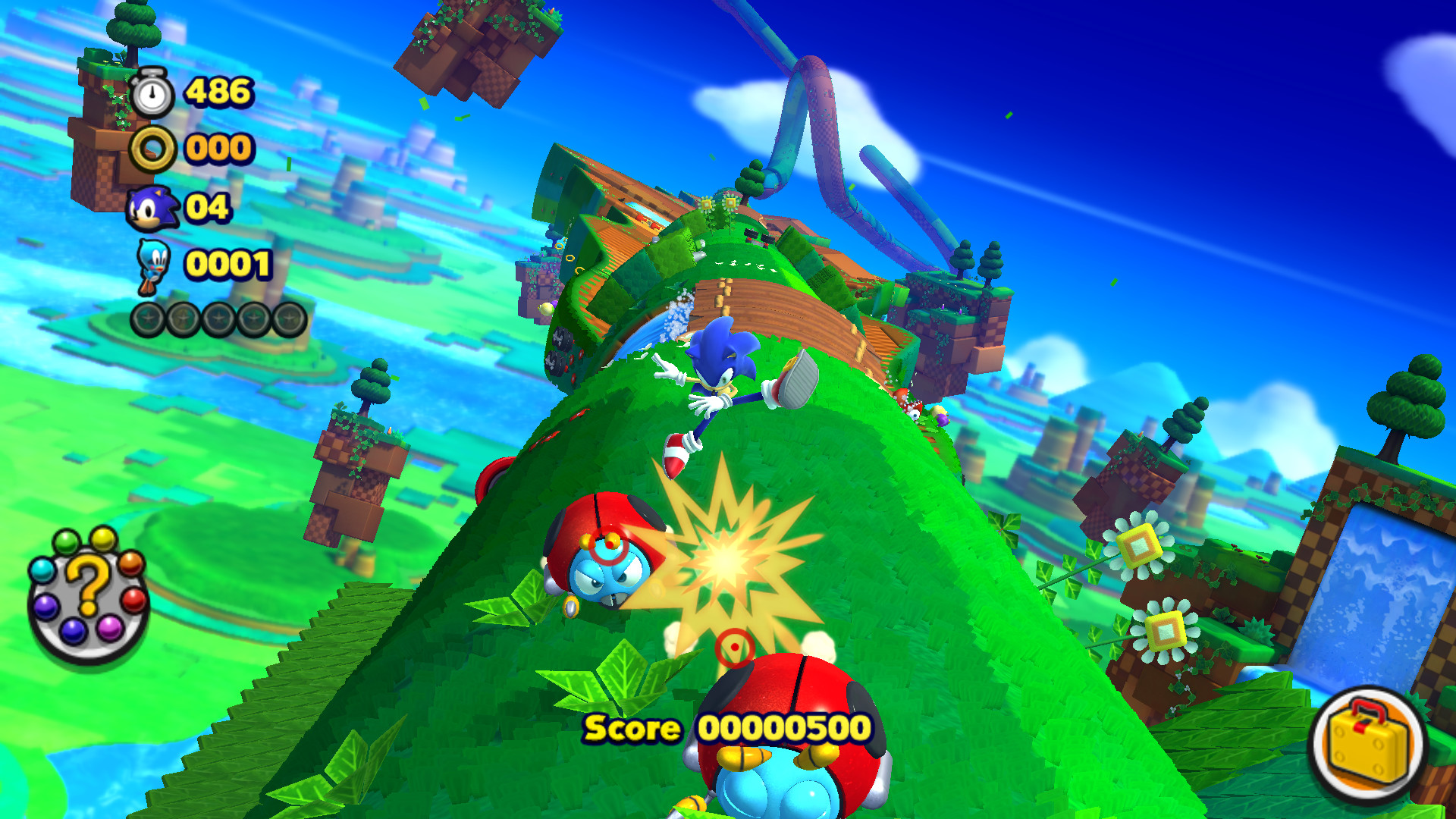
Sega continued its partnership with Nintendo for 2013’s Sonic Lost World, released for the Wii U and Nintendo 3DS as Sonic moves to stop an alliance between Eggman and the Deadly Six. Lost World takes on a gameplay approach similar to Super Mario Galaxy as Sonic races on cylindrical level designs, with parkour mechanics added to the hedgehog’s repertoire. Sonic Lost World stands as the only Wii U title for the franchise, with more advanced consoles on the horizon.
These games are all easily available via PC. Sonic Colors also got a so-so 2021 remaster called Sonic Colors: Ultimate for PlayStation 4, Xbox One, Nintendo Switch, and PC. However, Generations and Lost World haven’t been re-released on consoles, leaving them stuck on older systems, namely, 360 and PS3 for Generations and Wii U for Lost World.
Sonic Forces
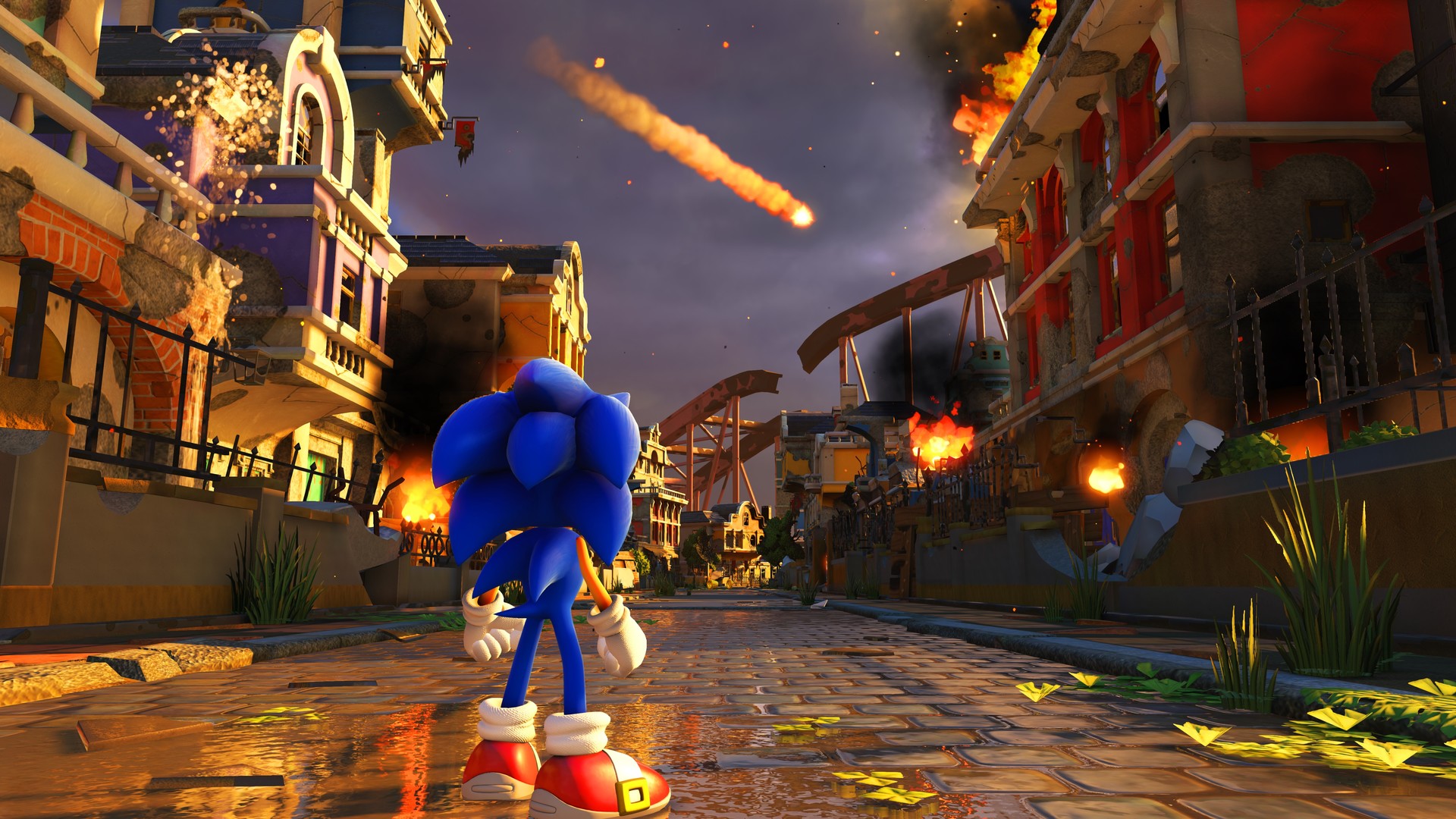
After a number of bright, colorful, and more children-oriented entries, the Sonic series turned to a darker tone with 2017’s Sonic Forces, released for the Nintendo Switch, PlayStation 4, and Xbox One. After Sonic is kidnapped, Eggman and his allies conquer the world while Knuckles leads a scrappy resistance before Classic Sonic sets out to rescue his modern counterpart and overthrow Eggman with the help of the player character. Boasting a variety of play styles and a cast from the entire series’ history, Sonic Forces was a shaky but confident step forward for the franchise.
Sonic Frontiers
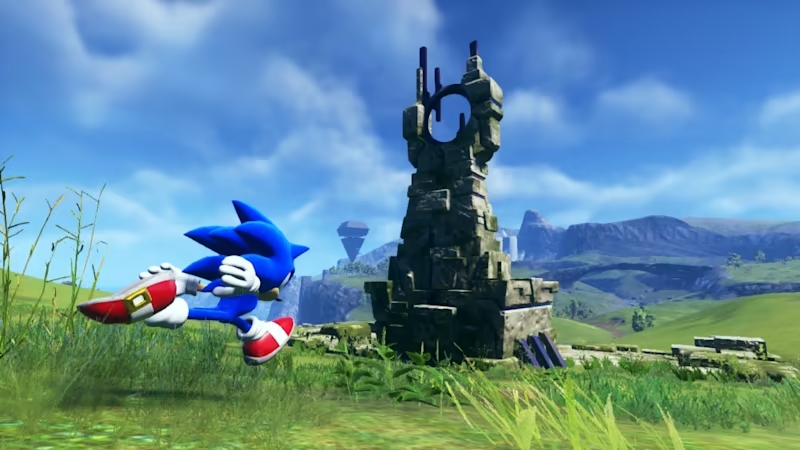
Moving away from the divisive tonal shift with Sonic Forces and emphasis on action and combat, 2022’s Sonic Frontiers focused on exploration in the series’ first open-world experience. While this does bring a major change to the franchise, Sonic Frontiers still incorporates side-scrolling and 3D platforming and speedy progression to keep the game in touch with its roots. The latest main line game in the series to date, Sonic Frontiers reflects the current state of the gaming industry as open-world increasingly becomes the norm.
These two are the most recent main line Sonic the Hedgehog entries and are available for modern consoles physically and digitally.
Other Sonic Games Worth a Mention
By focusing on how to play “main line” games in order, this list leaves off some terrific Sonic the Hedgehog platformers. What gives? Well, for this list, we included games made by Sonic Team or Sonic Team USA that weren’t obviously spinoffs.
With that in mind, Ancient and Aspect’s 8-bit Sega Master System and Game Gear games were excluded. This list also excludes all the games made by Dimps, even the ones supported by Sonic Team, because they’re kind of their own little series. Sonic Advance 1, 2, and 3 on Game Boy Advance and Sonic Rush and Rush Adventure on Nintendo DS are all good games, but they don’t feel like main series games and aren’t made by Sonic Team.
Lastly, Sonic Mania is a fantastic 2017 2D Sonic game that revives the mechanics and iconography of the original Genesis games, but it’s made by a completely separate team.
None of this is to say these aren’t Sonic games — just that they aren’t main line games. And that concludes our list for how to play all of the main line Sonic the Hedgehog games in order.
The above article was updated on 3/13/24 by Sam Stone to add additional information about the Sonic franchise.

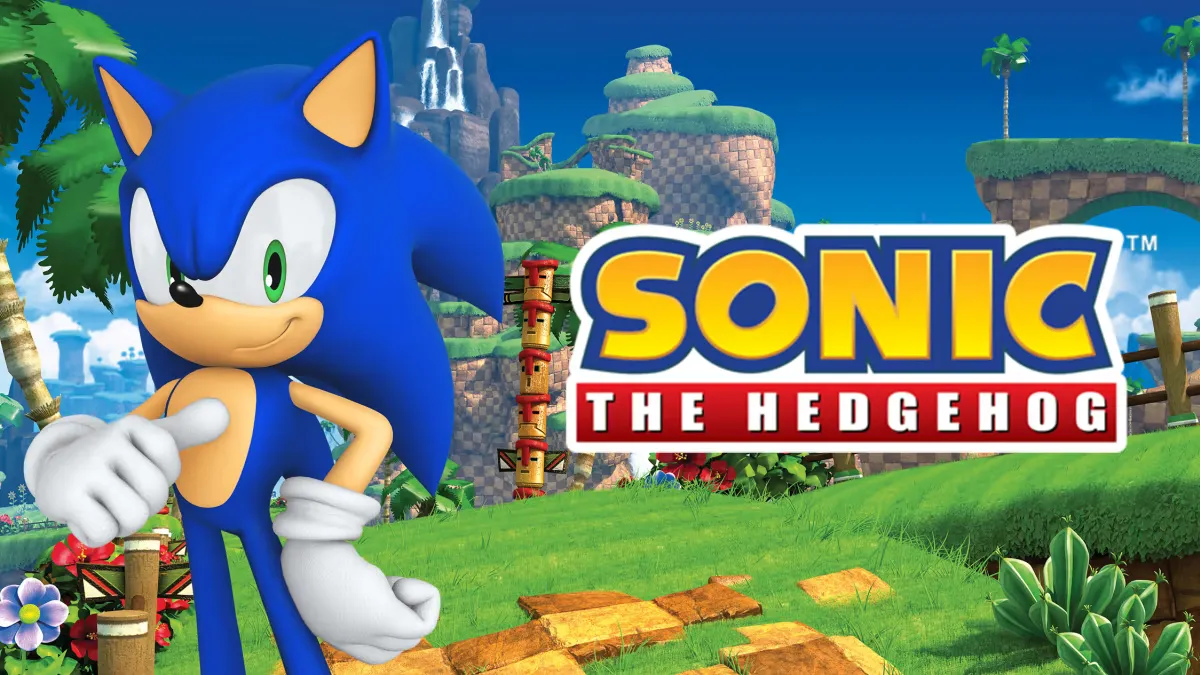





Published: Mar 13, 2024 2:05 PM UTC